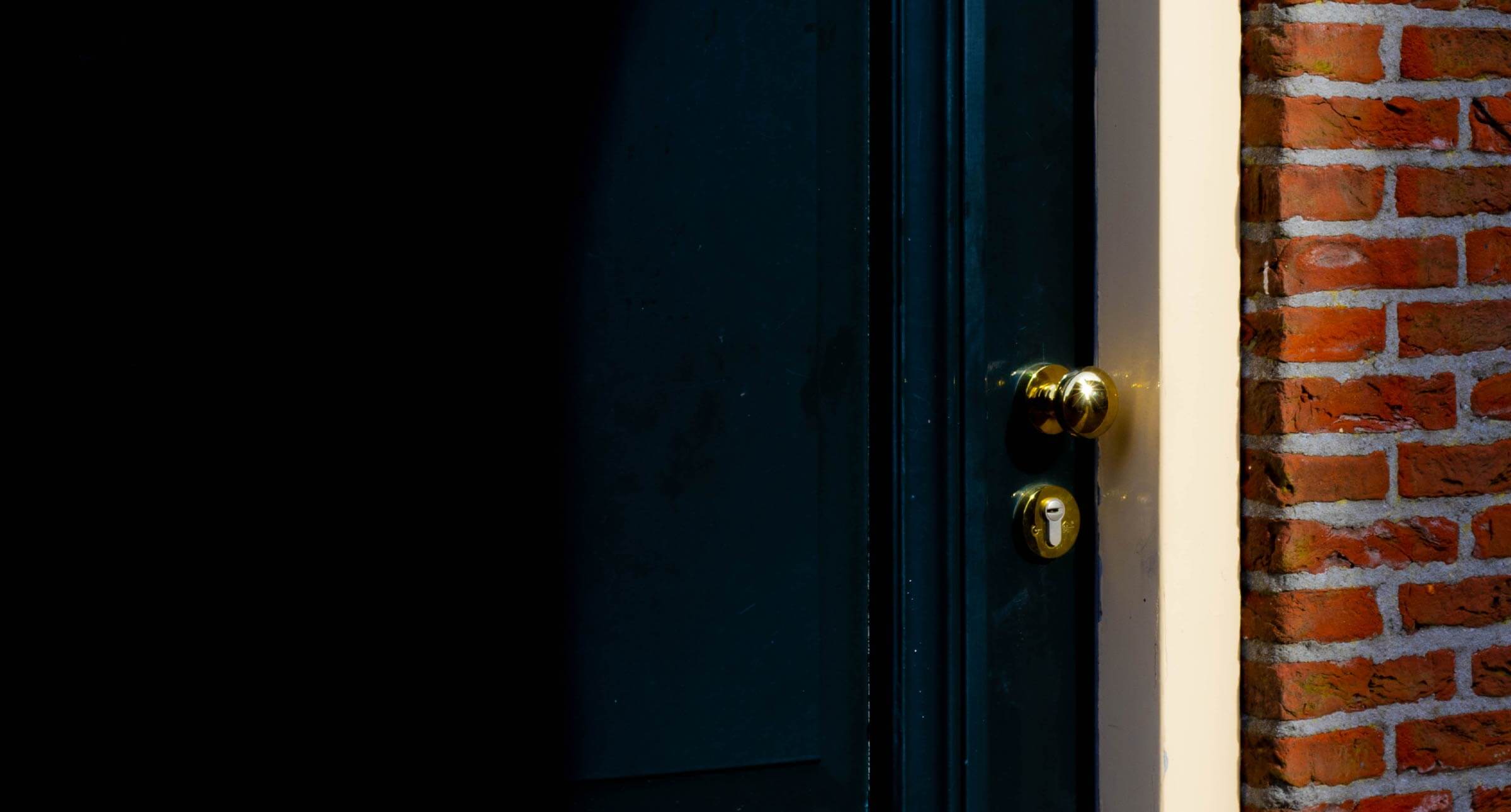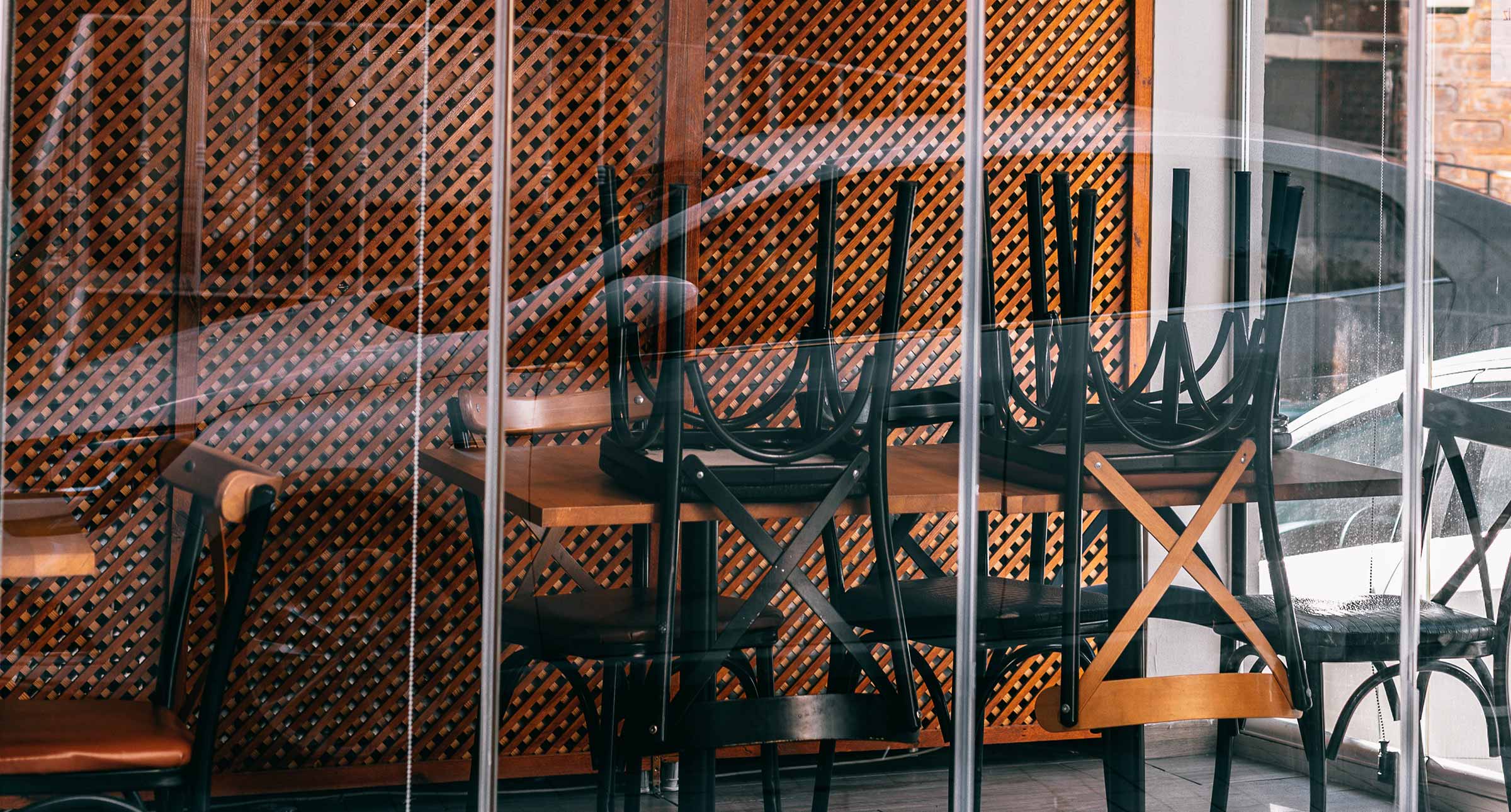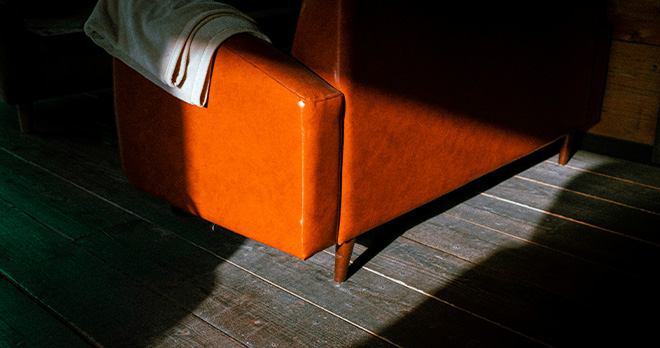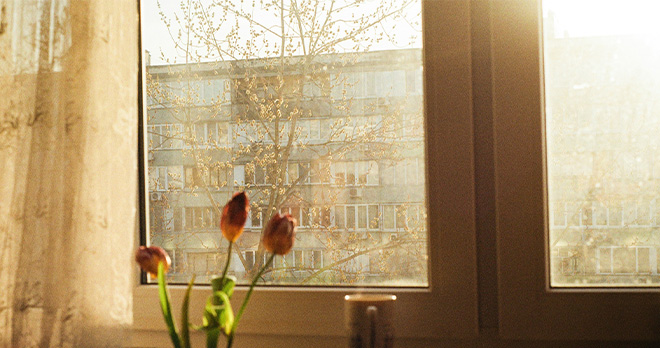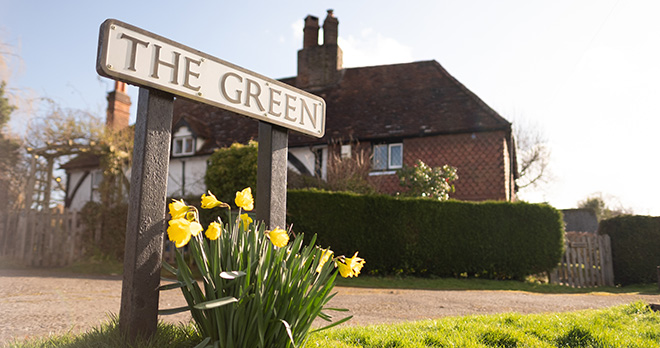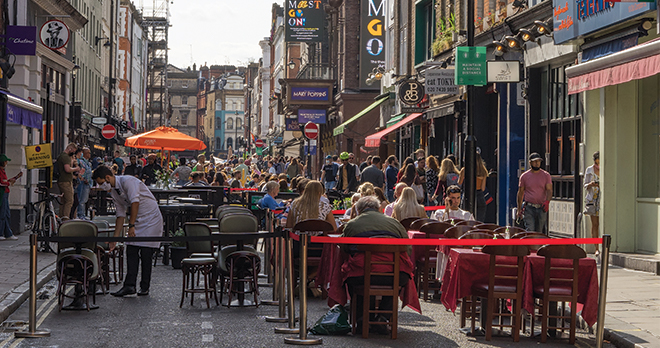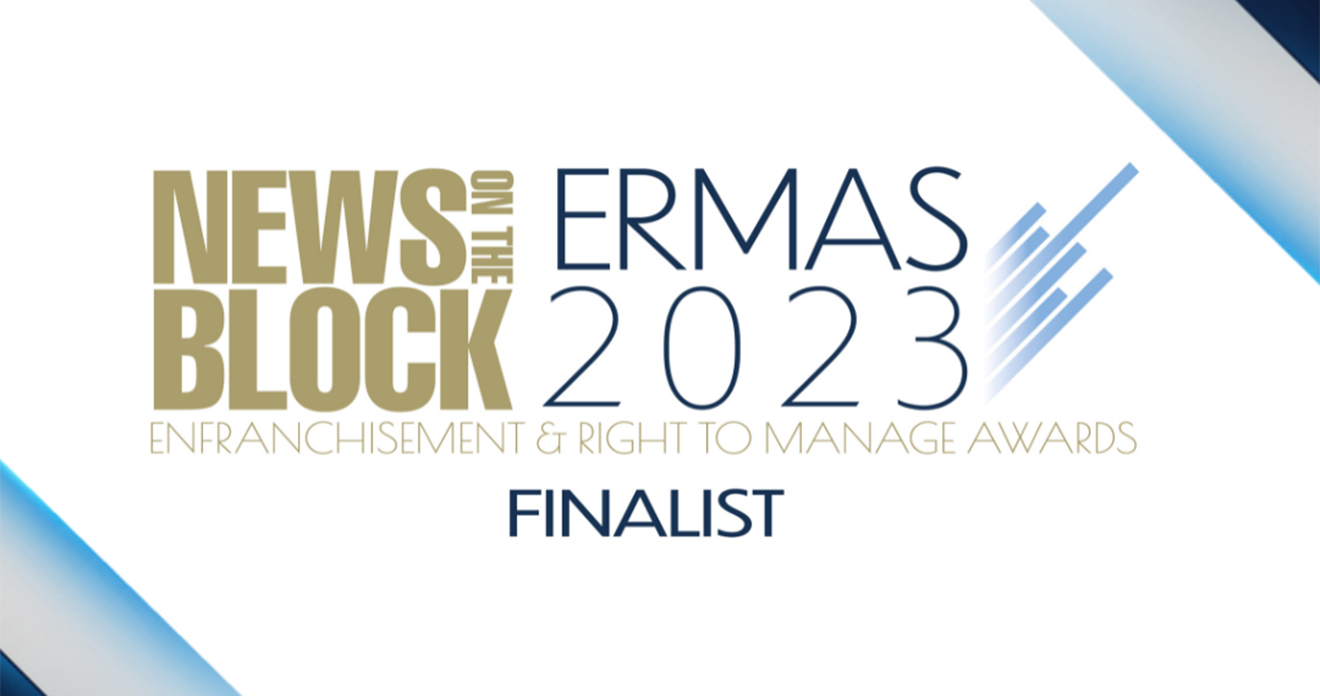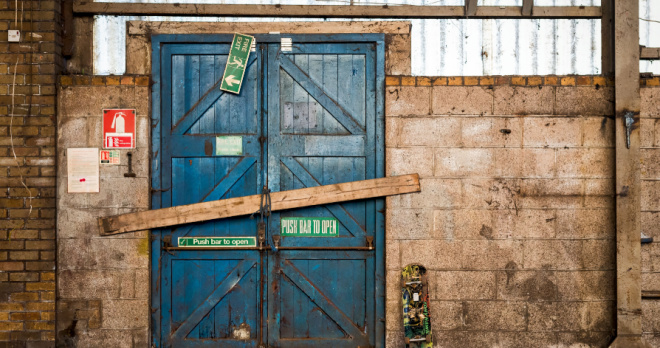In the light of day
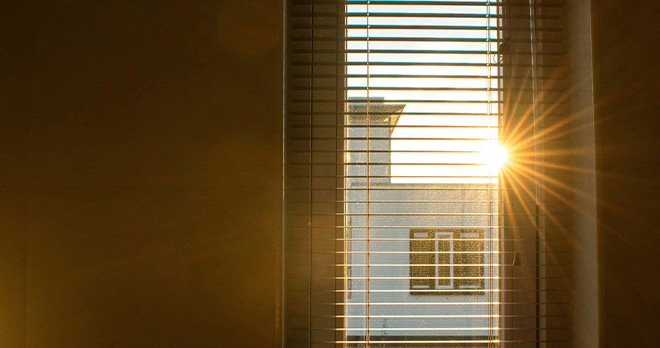
The second article in the series on rights of light explains how infringements are determined and measured
A claim for infringement of a right to light can only be made if the interference is an actionable one.
Whether or not the interference is enough to be actionable is determined by how much light remains after the defendant’s actions, and whether it is adequate for the claimant’s purposes.
This test was set by the House of Lords in Colls v Home & Colonial Stores Limited [1904] AC 179 (isurv.com/CollsvHCS1904). In that case, Lord Davey stated that ‘the owner or occupier of the dominant tenement is entitled to the uninterrupted access through [their] ancient windows of a quantity of light, the measure of which is what is required for the ordinary purposes or inhabitancy or business of the tenement according to the ordinary notions of [human]kind’.
Lord Lindley put it a slightly different way: ‘generally speaking, an owner of ancient light is entitled to sufficient light according to the ordinary notions of [human]kind for the comfort or use and enjoyment of [their] house as a dwelling house or for the beneficial use and occupation of the house if it is a warehouse, a shop or other place of business.’
A development can take away some of the light to the neighbouring property so long as there is enough left. The use to which a room is put and the claimant’s ability to continue using it for that purpose is thus of critical importance to any claim. If the property in question is residential and the light is lost to work surfaces in a kitchen, this would be considered far more serious than the loss of light to a corridor or store room. But how is the loss measured?
It is important to understand what is irrelevant when pursuing the measurement of light for the purposes of a claim.
The BRE guidance on the level of reduction in daylight and sunlight that is acceptable in planning terms is of no relevance: it is entirely possible – in fact commonplace – for a development to sail through the planning process on the basis that the BRE requirements are met but still then actionably interfere with a right to light and therefore leave open the possibility of a claim for an infringement.
Artificial light is not taken into account when considering whether a room is well lit – the suggestion that artificial light should be considered was roundly rejected by Justice Peter Smith in Midtown v City of London Real Property Co Ltd [2005] EWHC 83 (Ch) (isurv.com/MidvCLRP2005). This is particularly relevant to office blocks, which are routinely lit by artificial means.
Perhaps surprisingly, deciding what is satisfactory for the purposes of a rights of light claim continues to be determined by the amount of light that would be emitted from a candle. Although there is more than one way of measuring loss of light, the only sure method that has received judicial approval is the Waldram method developed following the work of Percy Waldram in the 1920s and 1930s (isurv.com/Waldmeth).
According to the Waldram method, the amount of light considered to be sufficient is the equivalent of one lumen per square foot at tabletop height. So, if a point in a room can receive 0.2 per cent of the total illumination received from the sky, it is considered adequately lit.
The well-known 50/50 rule emerged from the Waldram method.
This is used by surveyors and provides that, if half the light in a room is adequate in accordance with the method, then there is no actionable interference and therefore no claim. However, surveyors must be very careful not to apply this rule rigidly. In Ough v King [1967] 1WLR 1537 (isurv.com/OvK1967), the Master of the Rolls Lord Denning stated: ‘I would not myself be prepared to regard the 50/50 rule of Mr Waldram as a universal rule. In some cases, a higher standard may be reasonably required.’
In Ough, the amount of the room that was well lit after the obstruction was only reduced from 64.05 per cent to 51.27 per cent, but the court nonetheless found that there was an actionable interference; there was still a claim, although this was above the 50 per cent threshold. In Deakins v Hookings (1994) 1EGLR 190, the court held that the 50/50 rule was not a rigid test and a higher standard may be needed in some cases (isurv.com/DvH1994). Accordingly, it must be regarded as a rule of thumb and not a rule of law.
The Waldram method does not take into account modern standards and expectations. Levels of light that he deemed adequate in the 1920s and 1930s may not be considered sufficient today. This is particularly true in the residential sphere. It must also be noted that the method does not allow for externally or internally reflected light or seasonal variations.
There are other methods by which loss of light can be measured, such as the radiance test and climate-based daylight modelling. The former is a method of software analysis that uses ray tracing to demonstrate levels of light, while the latter looks at meteorological data based on the precise position of a building and can consider reflected light. Such modern methods of scientific analysis will be able to produce more accurate methods of assessing whether a proposed development will really cause a nuisance. However, to date, they are completely untested in the courts.
One day, no doubt, the question of whether the Waldram method should continue to be used to measure losses of light will come to litigation. If and when it does, it could lead to significant changes in the way losses of light are measured, and what exactly constitutes an actionable interference with a right to light.
Part 1 – ‘Casting light on rights‘
Angela is a partner in the Property Disputes team in our London office.
She is a Solicitor-Advocate with extensive experience in all aspects of commercial and contentious property matters.
Learn more about Angela's area of expertise:
Read more from around RWK Goodman:
View more articles related to Property Disputes and Property Disputes

